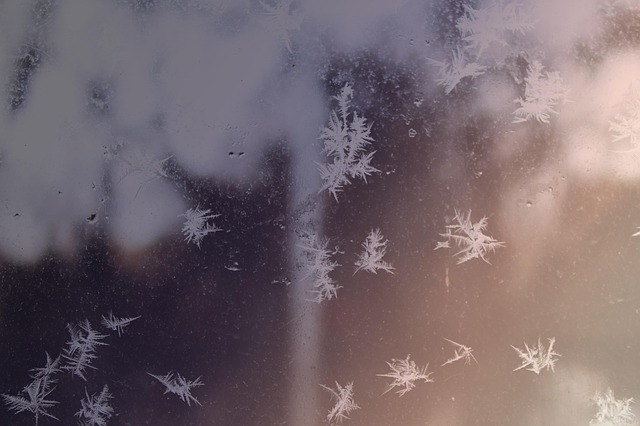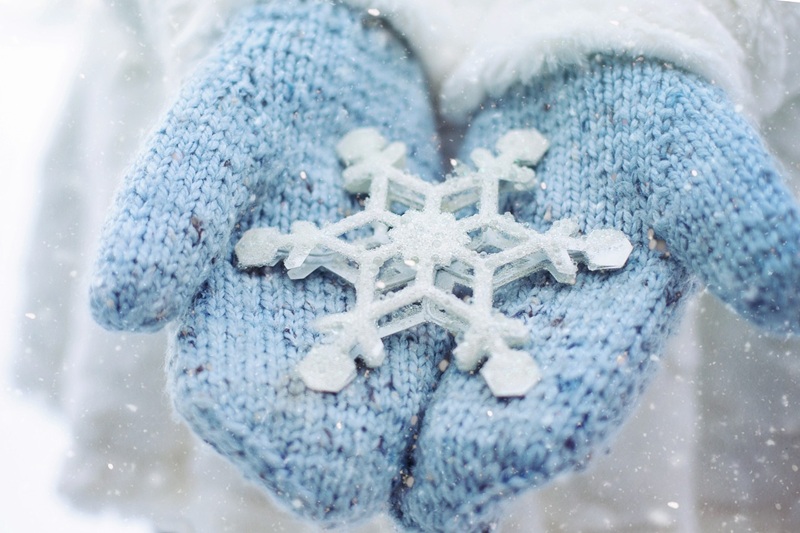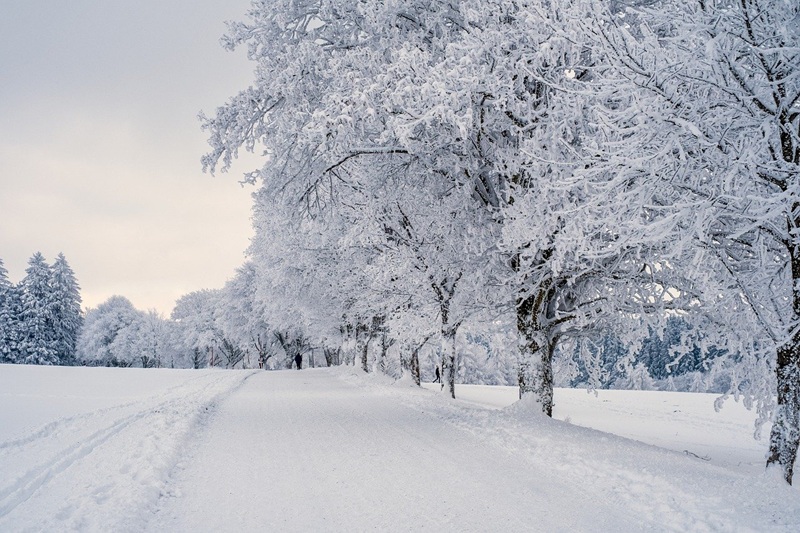No Two Snowflakes Are Alike: The Amazing Journey of Every Snowflake! ❄️✨
If a snowflake moves through different temperatures on its way down, it keeps changing shape. That’s why every snowflake is different—each one takes a different path through the sky!
Have you ever been in the snow? Like to know some cool facts about snowflakes?
Did you know that no two snowflakes are exactly the same? Each one takes a unique journey through the clouds, shaping it into a one-of-a-kind icy masterpiece.
Here’a all about the secret of how snowflakes form and why each one is different! Let’s know how interesting facts about snowflakes!
Every Snowflake Starts as a Tiny Speck

Would you believe that every snowflake starts with a tiny piece of dust? High up in the clouds, the air is freezing cold. When water vapor in the air finds a tiny dust or pollen particle, it sticks to it and freezes right away, forming the first little piece of a snowflake.
This process is called deposition, which means water vapor turns into ice without becoming liquid first. Without dust in the air, snowflakes wouldn’t even exist.
How Snowflakes Get Their Unique Shapes

As the tiny ice crystal floats around in the cloud, more and more water vapor sticks to it and freezes, making it grow. The way it grows depends on the temperature and humidity around it.
Here’s how different conditions shape a snowflake:
🌡 Just below freezing (0°C to -3°C) → Small, flat plates
❄ Colder (-3°C to -8°C) → Long, needle-like crystals
🌨 Super cold (-10°C to -15°C) → Big, feathery flakes with branches
If a snowflake moves through different temperatures on its way down, it keeps changing shape. That’s why every snowflake is different—each one takes a different path through the sky!
Why No Two Snowflakes Are the Same
Even if two snowflakes start forming at the same time, they won’t be identical. That’s because their journey through the clouds is never exactly the same. Tiny differences in temperature, wind, and humidity affect how each snowflake grows, creating endless variations.
This idea was first studied by Wilson Bentley, also known as the “Snowflake Man.” In the late 1800s, he photographed thousands of snowflakes under a microscope, proving that each one had its unique shape! His work inspired scientists to study snowflakes in more detail.
Even today, scientists use powerful microscopes and cameras to capture the beauty of snowflakes and understand how they form.
Why Does Snow Look White?

If snowflakes are made of clear ice, why do they look white? It all comes down to light! The tiny edges and angles of each snowflake scatter sunlight in all directions. When all the colours of light mix together, they appear white to our eyes. That’s why fresh snow looks so bright and dazzling!
Interesting Snowflake Facts
🌨 The largest snowflake ever recorded was 15 inches wide—almost as big as a pizza!
🏔 Snow doesn’t always fall as perfect flakes—sometimes, it’s tiny ice pellets or clumps of crystals.
🌈 Snow can appear blue, pink, or even green in different lighting conditions.
Next time it snows, look closely at the flakes before they melt! Each one has travelled a different path, making it as unique as a fingerprint. Nature truly is an artist, painting the sky with frozen masterpieces! ❄✨

Better Your Child’s G.K. In 3 Minutes – Get This Free Newsletter
Get fun facts, simple and easy news, quizzes, and lots of other interesting things to read in your mailbox – for free! It’s what we call GK-on-the-go!
I Kid You Not now has a large readership across India and also parts of the world. If you want to write for us, you can submit your story here. You can also apply to become a news anchor. Apply here



Comments